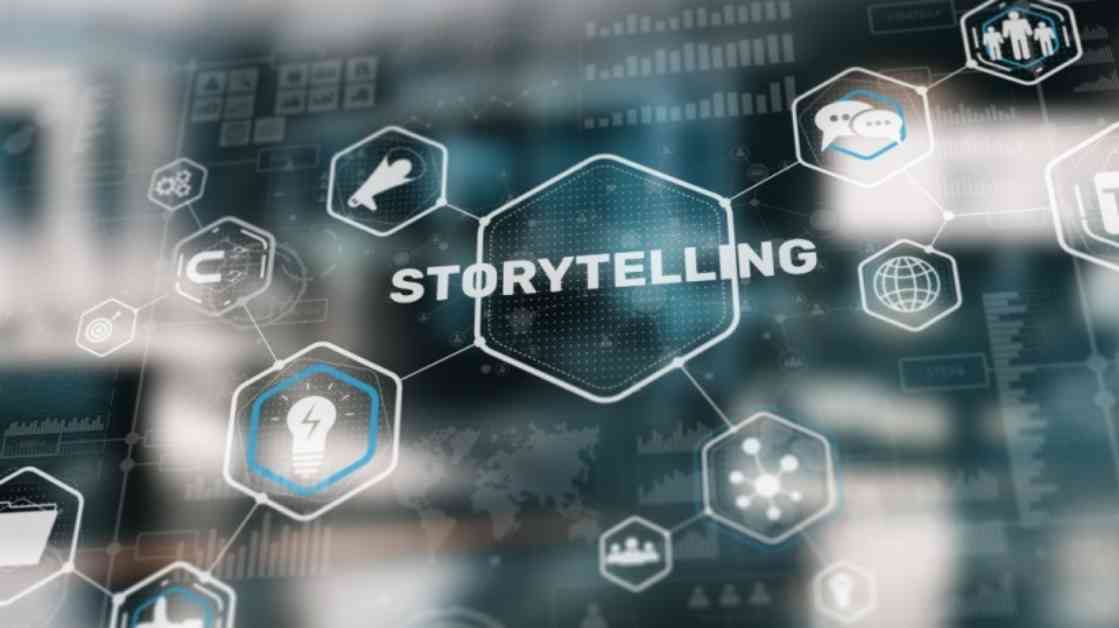The education landscape is constantly evolving, with traditional classrooms gradually making way for more modern methods such as eLearning. While the delivery of content may have changed, one aspect that remains constant is the power of storytelling. Stories have a unique way of leaving a lasting impression on individuals, making them a valuable tool in the education process. In the realm of eLearning, storytelling plays a crucial role in making historical subjects engaging and relatable for students.
Why Storytelling Matters in eLearning
Historically, storytelling has been a fundamental part of human communication, evident in ancient cave drawings and oral traditions. The art of storytelling has always been a powerful tool for sparking curiosity and engaging learners. When it comes to history, storytelling has the ability to transform complex facts and events into compelling narratives that resonate with students. By incorporating storytelling into eLearning, educators can bring historical figures and events to life, making them more relatable and memorable for learners.
The Power of Effective Storytelling Techniques
Effective storytelling in eLearning requires careful planning and execution. One key technique is character development, where students are encouraged to emotionally connect with historical figures and events. By portraying the challenges and successes of these characters in a relatable manner, learners can better understand and retain the information being presented. For example, the stories of iconic figures like Muhammad Ali and Napoleon Bonaparte can serve as inspiration for character-driven narratives in history lessons.
In addition to character development, the narrative structure of a story is essential for engaging learners. A well-structured plot with clear conflicts, tension, and resolution keeps students connected and eager to follow the historical story. By pacing the narrative effectively and maintaining a cohesive storyline, educators can enhance knowledge retention and keep learners engaged throughout the eLearning experience.
Multimedia elements also play a crucial role in effective storytelling. Incorporating visuals, videos, and interactive animations can make historical content more approachable and immersive for students. Infographics and graphical representations can help convey key points in a visually engaging way, while the use of Artificial Intelligence tools can generate unique multimedia elements to enhance the storytelling experience. By leveraging multimedia, educators can create a more interactive and engaging eLearning environment for students.
Enhancing Engagement Through Interactive and Collaborative Elements
Incorporating interactive and collaborative elements into eLearning courses can further enhance engagement among learners. Simple activities like quizzes, discussions, and situation-based studies encourage active participation and help students retain information more effectively. By creating opportunities for students to interact with the content and share insights, educators can deepen their understanding of historical contexts and foster critical thinking skills.
Platforms like Duolingo and Coursera have successfully integrated interactive elements into their eLearning courses, enabling students to engage with the material in a more meaningful way. By incorporating real-world scenarios and collaborative activities, these platforms have been able to enhance the learning experience and drive better outcomes for students.
The Impact of Storytelling on Learning Outcomes
As technology continues to evolve, the role of storytelling in eLearning will become increasingly important in improving knowledge retention and critical thinking skills among students. By infusing entertainment into educational content, educators can create a more engaging and immersive learning experience for students. Storytelling techniques in eLearning should not be viewed as a passing trend, but as a transformative approach to education that can resonate with learners and drive knowledge retention.
In conclusion, effective storytelling techniques have the power to bring history to life and make it more engaging and relatable for students. By incorporating character development, narrative structure, multimedia elements, and interactive features into eLearning courses, educators can create a more immersive and impactful learning experience for students. It’s essential for educators to embrace storytelling in eLearning to foster a deeper understanding of historical subjects and drive better learning outcomes.
